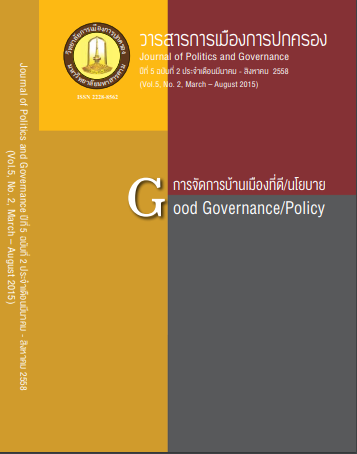Local Heritage Networking for ASEAN Connectivity
Main Article Content
Abstract
According to Brathwaite, cultural diversity is not merely the existence of different cultures occupying a single space, but also a dynamic engagement between cultures, their values, beliefs, and ways of knowing. In other words, cultural diversity consists of social and cultural interaction and understanding among peoples of the world. Heritage collections of institutions reflect the cultures, religion and languages of each community and these need not only be preserved and protected through the equal distribution of resources and an equitable rendering of concrete services to all communities but also promoted and disseminated for purposes of research, scholarship and documentation. ASEAN institutions of higher learning have organized heritage collections and established networks among themselves not only to preserve but also to disseminate for greater understanding and connectivity among themselves. This paper aims to present existing heritage collections networks as well as collections of institutional repositories which contain scholarly works on aspects of culture, governance and political development of countries in the ASEAN Region.
Article Details

This work is licensed under a Creative Commons Attribution-NonCommercial-NoDerivatives 4.0 International License.
References
Angeles, B. (1997). The University of the Philippines Library. In Colloquium on Academic Library Information Resources for Southeast Asian Scholarship: proceedings. (pp. 161-188). Kuala Lumpur: University of Malaya Library.
Arlante, S.M. (1997). Current research inuniversitiesin the Philippines.InColloquium on Academic Library Information Resources for Southeast Asian Scholarship: proceedings. (pp. 91-142). Kuala Lumpur: University of Malaya Library.
Arlante, S. M., &Lagrama, E. R. C. (2008).Filipiniana materials and the Philippine eLib: the Philippine perspective of digitizing printed materials. In Archiving 2008: June 24 - 27, 2008, Bern, Switzerland ; final program and proceedings. (pp. 283-287)
Brathwaite, K. (1974). Contradictory omens: cultural diversity and integration in the Caribbean. Kingston: Savacou.
Crow, R. (2002). The case for institutional repositories a SPARC position paper (Release 1.0ed.). Washington, D.C.: SPARC. Retrieved from www.sparc.arl.org/sites/default/files/ir_final_release_102.pdf
Welburn, W. C. (1994). Do we really need cultural diversity in the library and information science curriculum?.Journal of Education for Library and Information Science, 35(4), 328-330. Retrieved from http://www.jstor.org/stable/40323026
Gill, K. S. (2002).Knowledge networking in cross-culutral settings.AI & society, 16(3), 252-277.
Lynch, C. A. (2003). Institutional repositories: essential infrastructure for scholarship in the digital age. ARL: a bimonthly report on research library issues and actions from ACL, CNI, and SPARC, 226. Retrieved from http://www.arl.org/resources/pubs/br/br226/br226ir.shtml
Rodrigues, A. (2006). Serving culturally diverse communities in South Africa public libraries.Libri, 56, 213-226.
Siengthai, M. (1997).Information technologies and academic library networking in Thailand.In Colloquium on Academic Library Information Resources for Southeast Asian Scholarship: proceedings. (pp. 217-227). Kuala Lumpur: University of Malaya Library.
UNESCO Universal Declaration on Cultural Diversity (2001). Paris: Unesco.
Ware, M. (2004). Pathfinder research on Web-based repositories. Retrieved from http://www.palsgroup.iorg.uk/palsweb/palsweb.nsf


